
Hua Mai (滑脉), or “slippery pulse,” is one of the pulse patterns in Traditional Chinese Medicine (TCM) pulse diagnosis. It refers to a pulse that feels smooth and flowing, resembling pearls rolling on a jade plate. When three fingers are placed on the patient’s cun (寸), guan (关), and chi (尺) positions, the pulse beats feel like a row of bubbles moving through the blood vessels, or like small iron beads rolling one after another with a sense of rotation and relatively fast speed. Thus, the Mai Jing states: “Slippery pulse, flowing back and forth, smooth and rolling, like the response of pearls.” Additionally, the Mai Jing also describes it as: “Lulu, as if wanting to fall.” This metaphor illustrates the slippery pulse as being like pearls, with its smoothness akin to water droplets seeping from a damp cave, which are very round and, if the seepage is rapid, will roll down one after another.
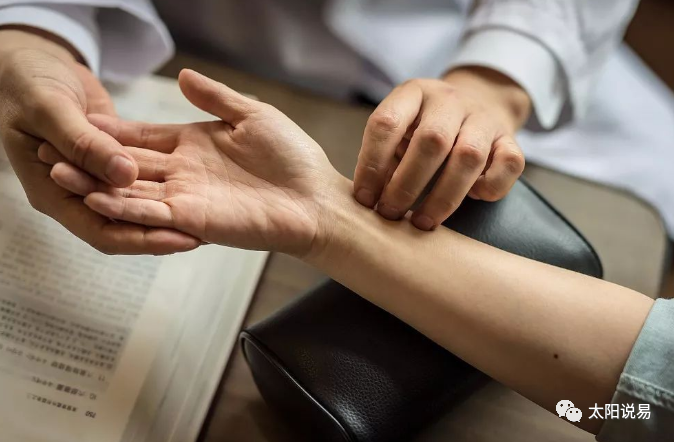
The mechanism behind the appearance of the slippery pulse, when seen in a healthy person, is caused by an abundance of qi (气) and stagnation of xue (血). When qi is abundant, blood flows smoothly; when blood is stagnant, the pulse vessels are filled, resulting in a smooth and round pulse like pearls. In pathological conditions, due to the excess of pathogenic qi, but with the righteous qi not weakened, the righteous qi impacts the blood flow. Although there are tangible pathogenic obstructions, they cannot suppress the pulse qi, thus forming a smooth and rotating pulse, akin to a whirlpool created by waves crashing against rocks. Modern medicine believes that this pulse formation is related to a normal or slightly increased cardiac output, good vascular filling, and smooth blood flow. The presence of a slippery pulse does not necessarily indicate a disease pulse; for instance, women often exhibit this pulse pattern after pregnancy, making it an important reference for determining whether a woman is pregnant. Healthy individuals with abundant qi and xue may also exhibit a slippery pulse.
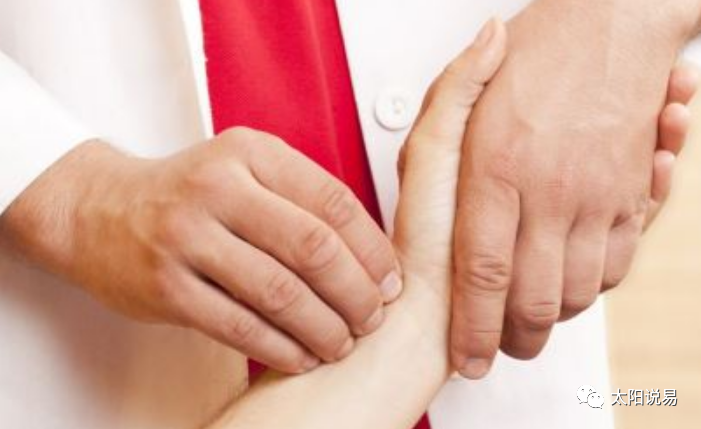
The slippery pulse belongs to the yang (阳) pulses, thus it often indicates heat diseases. The Mai Jian Bu Yi states: “The slippery pulse indicates an abundance of yang energy, and its diseases mostly indicate heat accompanied by tangible pathogens, such as phlegm, food stagnation, and blood accumulation.” Therefore, in clinical practice, the slippery pulse often indicates conditions of phlegm-dampness, food stagnation, and excess heat. In cases of excess heat, phlegm counterflow, phlegm obstruction, phlegm-heat, food stagnation, and blood accumulation, the pulse often presents as slippery and forceful. For example, if phlegm-dampness is stagnant in the chest or stomach, or if food stagnation harms the middle jiao (脾胃), leading to disharmony and counterflow of qi, symptoms of vomiting may be observed, often accompanied by a slippery pulse. In the lower body, it indicates blood accumulation, as noted by the Yuan dynasty physician Hua Shou: “Women with blood excess and qi stagnation may experience menstrual obstruction.”
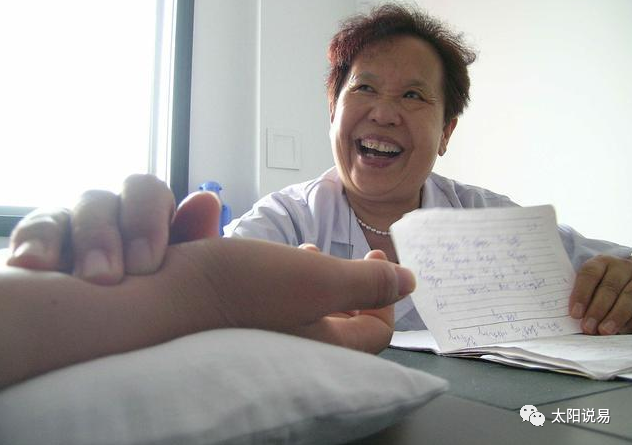
The cun position represents the upper jiao, thus a slippery pulse in this position indicates phlegm in the heart and lungs. The left cun reflects the heart, while the right cun reflects the lungs. A slippery pulse in the left cun indicates phlegm-heat in the heart, which may cause a strong tongue root. A slippery pulse in the right cun indicates phlegm-heat obstructing the lungs, which must affect the lung’s ability to descend qi, leading to symptoms of cough and phlegm expectoration. If phlegm is stagnant in the diaphragm, and the stomach qi does not descend, symptoms of acid reflux and vomiting may also occur. The left guan reflects the liver and gallbladder, while the right guan reflects the spleen and stomach. A slippery pulse in the left guan indicates liver heat stagnation, and if it is seen with a wiry pulse, it often indicates dizziness due to liver wind with phlegm disturbance, or stroke symptoms, and may also be seen in liver depression transforming into fire. A slippery pulse in the right guan indicates food stagnation transforming into heat. A slippery pulse in the chi position indicates kidney dryness and yin deficiency. Additionally, the large intestine is located below, thus damp-heat accumulation can lead to dysentery, and damp-heat in the liver channel can cause testicular swelling, while damp-heat can trigger urinary tract infections, with symptoms of frequent urination, urgency, and painful urination. All of these conditions can be observed in the chi position.
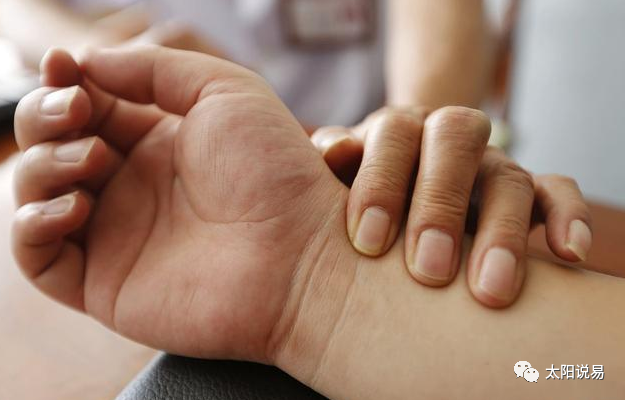
The slippery pulse primarily indicates phlegm-dampness, which generally refers to all phlegm-related diseases. Those suffering from phlegm often exhibit a slippery pulse. The slippery pulse also has independent significance as a single-factor pulse pattern, and it can be combined with many other pulse types. For instance, a floating slippery pulse indicates wind-phlegm, which occurs when wind pathogens invade the lungs, causing abnormal fluid distribution and phlegm production, often accompanied by cough and wheezing symptoms, but it is not the phlegm associated with stroke. A deep pulse indicates internal disease; thus, a deep pulse combined with a slippery pulse is often seen in cases of food accumulation harming the spleen, leading to abnormal spleen function and phlegm-heat accumulation, often accompanied by symptoms of abdominal distension and aversion to food. A rapid pulse indicates heat and fire; thus, a slippery rapid pulse indicates phlegm-heat, which, if in the heart, leads to irritability and insomnia, and if in the lungs, leads to cough with yellow phlegm or blood-streaked phlegm, or the formation of purulent phlegm, all referred to as phlegm-fire. The slippery pulse also indicates food stagnation, and a short pulse also indicates food injury; thus, a combination of slippery and short pulses indicates food stagnation and spleen-stomach injury.
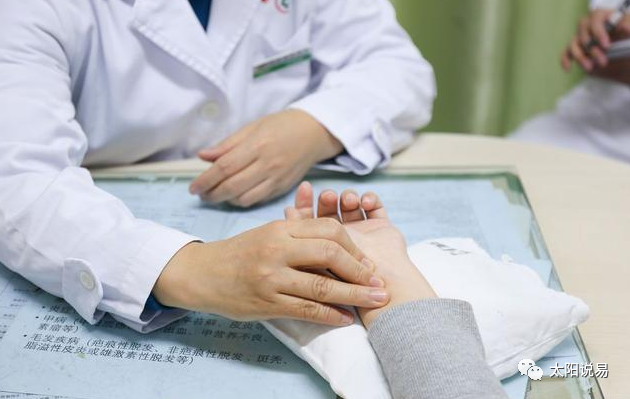
Although the slippery pulse is a yang pulse, Li Shizhen classified it as a yang pulse with yin characteristics. The Suwen: Pulse Essentials states: “Slippery indicates an excess of yin energy.” Li Shizhen also believed: “When blood is abundant, the pulse is slippery.” In TCM theory, qi is yang, and blood is yin. The kidneys store essence, as essence and blood share the same source; when blood is abundant, essence is also abundant, thus the kidney pulse should exhibit a slippery pulse. Furthermore, although the slippery pulse is a yang pulse, it can also be seen in conditions of declining vital energy, as noted in the Suwen: Great Oddities: “When the pulse feels like a ball, slippery but not palpable, pressing it yields no pulse, indicating a deficiency of large intestine qi, and the jujube leaves grow and die.” A pulse that feels like a ball refers to what is later described as a pulse like a slippery pearl, and slippery but not palpable indicates that it is slippery but cannot withstand heavy pressure; pressing it yields no pulse, indicating that true essence has declined, which is a poor prognosis. Although this condition is rare, it should not be overlooked.

Decoding: The ‘Shu Mai’ in Traditional Chinese Medicine
Decoding: The ‘Chi Mai’ in Traditional Chinese Medicine
Decoding: The ‘Chen Mai’ in Traditional Chinese Medicine
Decoding: The ‘Fu Mai’ in Traditional Chinese Medicine
A formula from Fu Qingzhu’s Gynecology that uses the medicine of moderation, yet has remarkable efficacy
A formula from Li Dongyuan, although for diseases of the five organs and nine orifices, is related to the internal organs.

